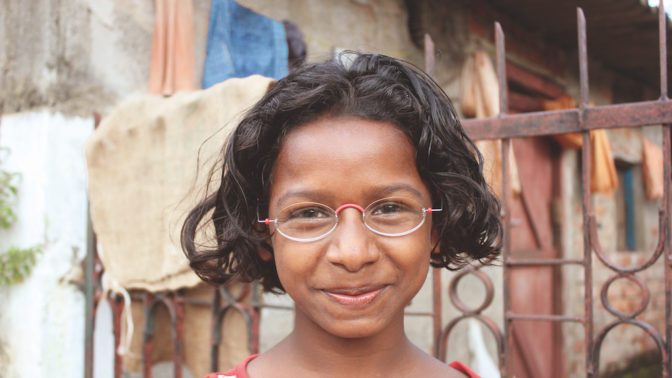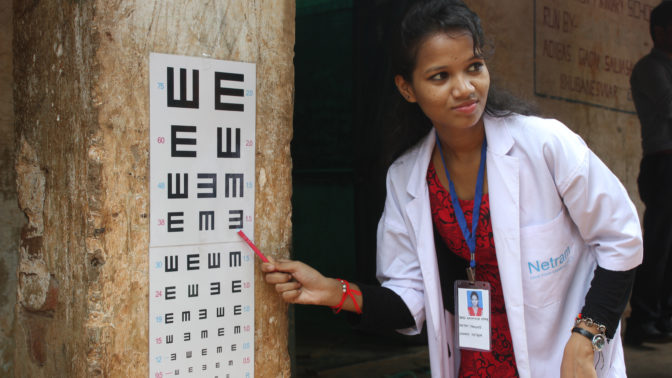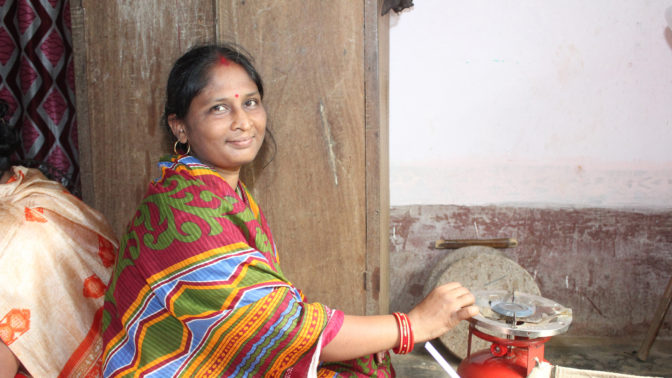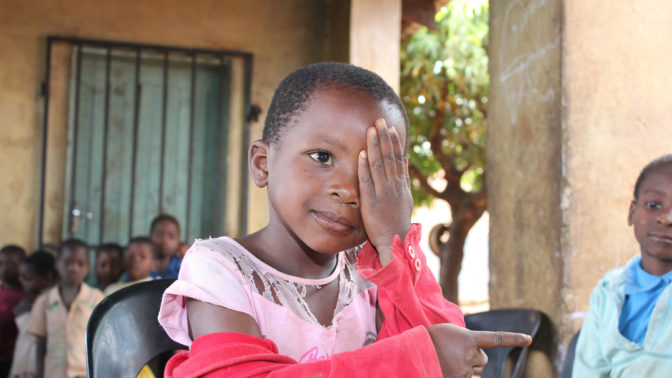OneDollarGlasses
OneDollarGlasses are affordable eyeglasses for low income people in need.
Key Facts
- OneDollarGlasses has provided more than 260,000 people with affordable eyeglasses.
- OneDollarGlasses consist of a lightweight and flexible frame made of an extremely robust, rustproof, and hypoallergenic spring steel wire.
- The frames are manufactured by hand on a bending device which does not need a power supply.
- Sustainable production is the core concept of OneDollarGlasses.
- The team’s goal is to provide at least 150 million people all over the world with basic eyecare.
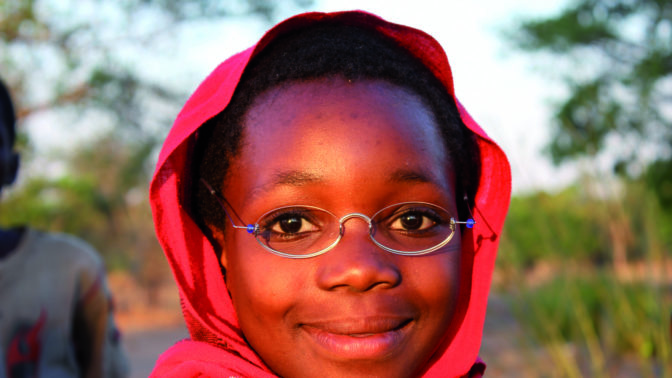
Key Features
OneDollarGlasses are manufactured on bending machines specially designed for this purpose. The frames consist of a lightweight and flexible frame made of an extremely robust, rustproof, and hypoallergenic spring steel wire (1 mm). The frames are manufactured by hand on a bending device which does not need a power supply. Different physiognomies can be taken into account individually when bending the frame. The elliptical polished, unbreakable lenses can be inserted in no time. Heat-shrinkable sleeves made of hypoallergenic plastic on the ear piece ends increase the wearing comfort of the glasses. Because the glasses have very little weight, they do not require nose bridges. Two colored glass pearls give each pair of glasses its own personal design. OneDollarGlasses are made on-site by locally trained individuals on a simple yet innovative bending machine. It requires no electrical power, is durable and virtually maintenance-free. This sustainable production is the core concept of OneDollarGlasses.
In addition, OneDollarGlasses developed a unique one-year training curriculum for best spherical correction called “GoodVisionTechnician”. We are training local people to become optical technicians so that they can dispense the right glasses to the right people. They also are able to detect other possible reasons for visual impairment (e.g. cataract) and refer patients to eye doctors for diagnosis and treatment.
Social Impact
Figures from the WHO show that around 950 million people in the world suffer from defective eyesight which could be rectified with a simple seeing aid. Many of these people live on a very small budget which prevents them from buying a conventional pair of glasses. This has serious consequences for them: Their poor vision prohibits people from working or pursuing vocational training. Annual global costs of productivity losses associated with vision impairment from uncorrected myopia and presbyopia alone were estimated to be around $270 billion per year.
The glasses are also affordable for very poor people due to the low production costs. The correction of defective eyesight is an important prerequisite in order to, for example, be able to pursue gainful employment. The attractive design also helps to give people the confidence to wear the glasses in public – often being the first in their village to do so. Producers are trained by skilled teachers and are supported by a multi-leveled yet practicable quality control system. The production of the glasses can take place at home, so that especially women can work and take care of their children at the same time.
OneDollarGlasses has provided more than 260,000 people with affordable eyeglasses. Many more benefited from the free screening service, the awareness campaigns or referrals to clinics. OneDollarGlasses’ local organizations employ more than 220 people who can now provide for themselves and their families.
Future Plans
OneDollarGlasses’ goal is to provide at least 150 million people all over the world with basic eye care. They are expanding in South America, Africa, and Asia where they want to build lasting and sustainable local organizations in areas where they can achieve the greatest possible social impact with their resources.
Main Target Group
People who could not afford basic eye care otherwise. OneDollarGlasses is often asked by local institutions, schools or companies to come to their location and offer their services. OneDollarGlasses is collaborating with these partners to create awareness and gain support for their cause.
Main User
Visually impaired people.
Price (in USD)
The price is highly dependent on the area of work. ODG usually charges 2-3 daily wages which can range from $3 to $15.


